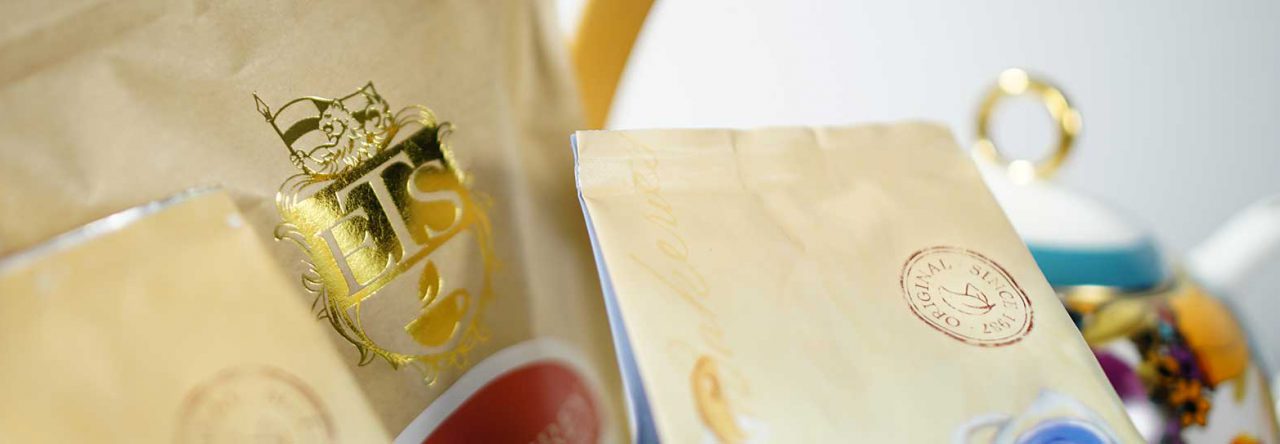
What do you get for the person who has everything? According to one theory you could always get them something to put it in. Although if they truly have everything, that would presumably include a sufficient amount of storage containers – but I digress.
All of which is a somewhat roundabout way to emphasize the importance of packaging and to work our way around to the subject of the tea chest. It’s a topic that authors Diana Twede and Susan E. M. Selke touch on briefly in their 2005 work, Cartons, Crates And Corrugated Board: Handbook of Paper And Wood Packaging Technology (which probably didn’t make it onto anyone’s list of best beach reads).
As the authors note, some of the earliest usage of wooden boxes was by the East India Company to ship tea from China starting in the late seventeenth century. Given the long voyages that tea undertook on the humid high seas, packaging was a critical concern. Some of the earliest chests were made from thin pieces of wood, lined with a layer of lead (which would hardly pass muster today) and then a layer of paper, all of which was designed to help preserve the tea as well as possible.
Eventually the weight of tea chests was standardized at one hundred pounds and the chests and the holds of ships that carried them were designed so that the maximum amount of tea could be wedged into each cargo. As the authors point out, millions of these tea chests made their way to England and elsewhere over the years, where they were put to a multitude of creative re-uses.
For those of us here in the United States, some of the more important tea chests to make their way across the waters were the ones that were dumped overboard during the infamous Boston Tea Party of 1773. Given that they ended up in Boston Harbor one would assume they were lost forever, but one would actually be incorrect.
While 338 of those tea chests were indeed lost, two are said to have survived and one of them makes its home today in the Boston Tea Party Ships & Museum, which opened earlier this year. The so-called Robinson Half Chest was found washed up on shore the morning after the event by a young Mr. John Robinson and was passed down through the generations to this day.
© Online Stores, Inc., and The English Tea Store Blog, 2009-2014. Unauthorized use and/or duplication of this material without express and written permission from this article’s author and/or the blog’s owner is strictly prohibited. Excerpts and links may be used, provided that full and clear credit is given to Online Stores, Inc., and The English Tea Store Blog with appropriate and specific direction to the original content.



Leave a comment